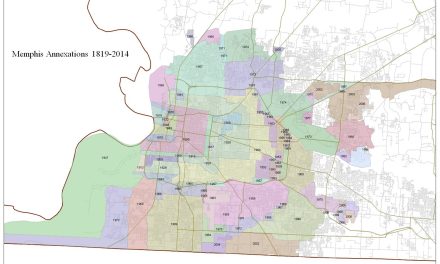From citiwire.net:
The field of city planning emerged in U.S. at the dawn of the 20th century and helped shape a rapidly urbanizing nation. Between 1900 and 2000, the nation’s population grew by 205 million, and its land patterns transformed from 20 percent to 80 percent urban. It is hard to imagine how the American landscape would have evolved if Congress had not authorized the Zoning and Planning acts in the 1920s. Those acts empowered local governments to protect the public health, safety and welfare through planning, zoning and capital investment. Planning had a noble purpose, and our nation benefited. But fast-forward to the 21st century. Does city planning still hold a vital role as we continue to grow and urbanize?
In New Orleans in April 2010, I learned I would be the next president of the American Planning Association (APA). I knew my two-year term would be different. The planning landscape was changing. The recession was in full swing, and the mood of the country was glum. Wall Street was beginning to rebound, but Main Street was still suffering. Businesses were being dubbed “job creators,” and government was being blamed for Great Recession and the slow recovery. Planning departments were being merged, downsized or eliminated. Conspiracy theories were increasing – like the one that the United Nations Agenda 21 agreement means the U.N. taking over local government – and the property rights movement reached a broader audience.
If that climate wasn’t bad enough, planners drew criticism from traditional allies. Design professionals accused planners of lacking a design focus. New Urbanists blamed planners for being facilitators of urban sprawl, and neighborhood leaders accused planners of being too focused on the built environment instead of people. Was planning losing its relevance? Had the planning profession lost its sense of purpose? Well, not exactly, but a wake-up call was clearly in order. Something had to change.
In February 2011, APA’s leadership forged a new strategic direction and embarked on a crusade to revitalize the planning profession through a renewed sense of purpose.
Planners have always evolved and adapted to the challenges of the times, and 2010 marked another turning point in the history of city planning. The message was simple. Planners must embrace their roots, plan for emerging trends and make an economic case for planning.
What is the purpose of planning? The answer can be found in the 20th-century zoning and planning acts and the planner’s code of ethics. Both served the profession for more than a century. Planning allows for the orderly growth and development of communities. Planners faithfully protect the public interest. Planners shall seek social justice by working to expand choice and opportunity for all. Planners are guardians of our common future and plan for the needs of present and future generations. Planning was intended to focus on “place” and “people.”
Planners not only manage growth and change, but deal with uncertainty about the future – the “what’s next?” We don’t have a crystal ball, but emerging trends, growth patterns, generational and cultural values offer clues as to what may come.
I am often surprised how many people are unaware of, or in denial about, the emerging trends we are facing in the U.S. and aboard. Among them are climate change, extreme weather, droughts, availability of water and energy, and they will affect how we live. As APA president I urged planners to watch emerging trends the way a stock broker watches the market, so that we can prepare our communities for change. The 21st century presents our planet with challenges we have not confronted before, and these changes have serious implications for how we plan our communities today and tomorrow.
Changing demographics – the graying and browning of America and the changes to family and household composition – will be among the most significant challenges the United States will confront over the next 50 years. No state, city, region or small town will escape the implications of demographic change, because each generation has different needs, values and aspirations. Planners will be on the front lines for these changes, and they must plan for people, not just for place.
If planners want to be valuable, they must show their value. For planners, that means focusing on job creation and the economy. An APA poll last year asked the American public what planners should be working on. “Jobs and the economy” was the public’s top priority.
Planning is economic development, but for some reason, planners lost ground in the 1980s when the specialized field of economic development emerged. Over the past few years, economic planning is surging back in planning circles. New planning concepts to aid decision-making, like “return on Investment” (ROI) – which looks at how long would it would take pay back a public investment like a road with new property and sales tax revenue – are changing how planners look at managing growth and change in a fiscally responsible way. Planners like Joe Minicozzi, Charles Marohn and organizations like the APA, Urban Land Institute and Smart Growth America are issuing reports on the value of ROI to manage growth, operating and capital budgets.
Planners are discovering a renewed sense of purpose. Preparing for emerging trends, planning for people and making the economic case for planning are all gaining traction. Planners are forging new alliances with allied professionals.
Change is coming, and a renewed planning profession will benefit us all. The uncertainty about the future and the game-changing trends facing our generation will demand a profession with a renewed sense of purpose. The 20th century gave planning its roots. Now it’s time to soar.
Mitchell Silver, AICP, is chief planning and development officer and planning director for the City of Raleigh, N.C. From 2011 to 2013 he served as president of the American Planning Association. Reach him at Mitchell.Silver@raleighnc.gov.



